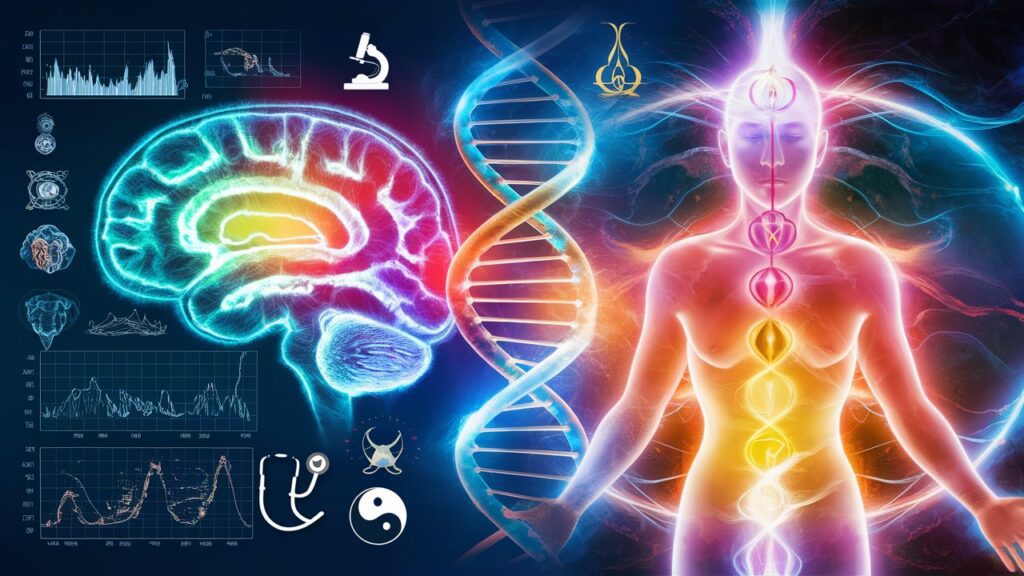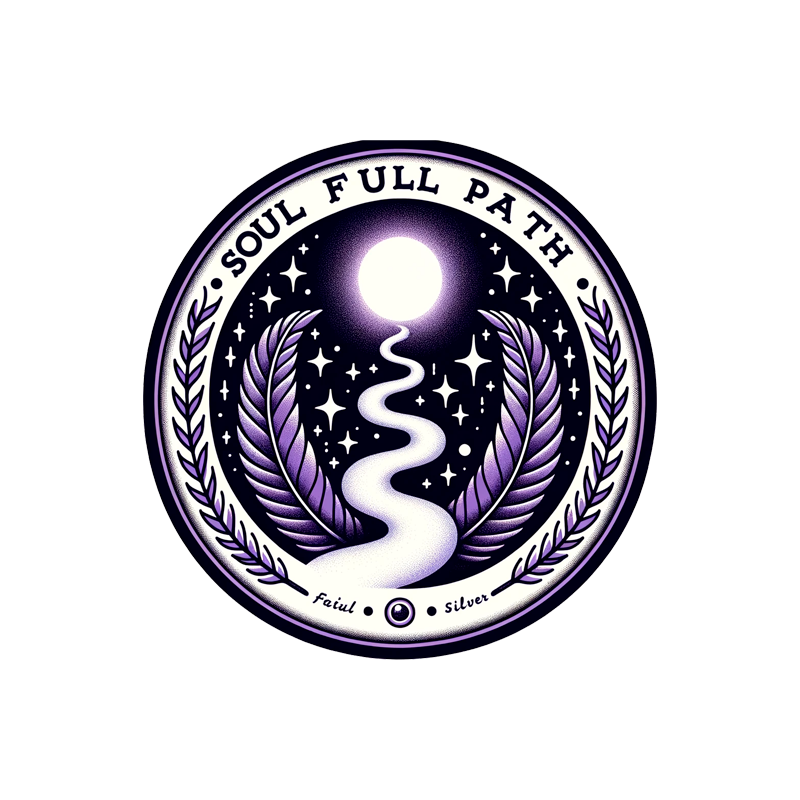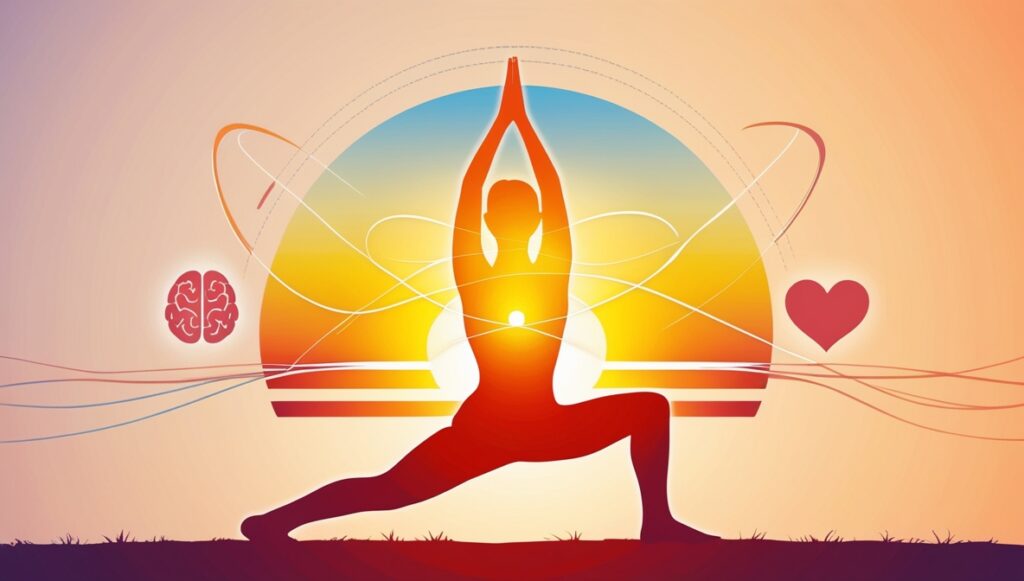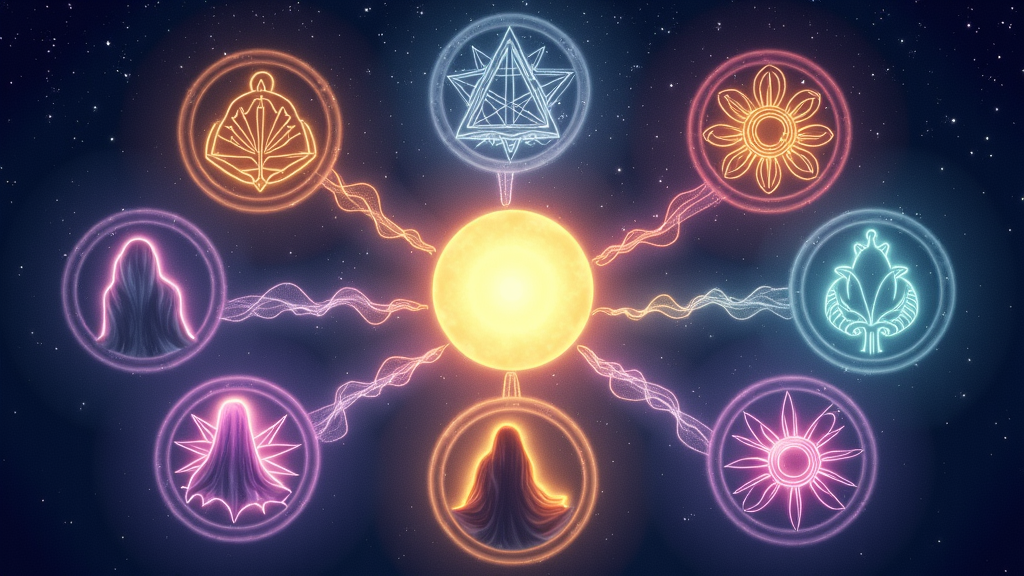Reiki healing is a powerful practice that offers a wide range of benefits for both the mind and body. It is a holistic approach that taps into the body’s natural healing abilities to promote well-being and balance. Whether you’re seeking stress relief, pain reduction, or an overall boost in energy, Reiki can provide the positive effects you’re looking for.
One of the main benefits of Reiki healing is its ability to reduce stress. By inducing a state of deep relaxation, Reiki can help your mind and body release tension, improve sleep, and enhance mood. It has been shown to lower anxiety and depression levels, providing a sense of calm and tranquility.
But the benefits of Reiki go beyond stress relief. Research suggests that it can also help with physical ailments such as insomnia, pain, and even assist in the recovery process from surgery. Cancer patients may find relief from pain and anxiety through Reiki therapy.
During a Reiki session, the practitioner will use their hands to gently touch or hover above your body, allowing the flow of energy to restore balance and promote healing. Some people may feel sensations like warmth, tingling, or a deep sense of relaxation during the session.
It’s important to note that Reiki should be used as a complementary therapy alongside conventional medical treatments. While scientific evidence on its effectiveness is still developing, many individuals have reported significant benefits from Reiki healing. Finding a qualified practitioner can ensure a safe and effective experience.
Key Takeaways:
- Reiki healing offers a wide range of benefits for the mind and body.
- It can reduce stress, improve sleep, and enhance mood.
- Research suggests that it may help with insomnia, pain, and recovery from surgery.
- Reiki therapy can provide relief for cancer patients.
- It is important to use Reiki as a complementary therapy alongside conventional medical treatments.
The Science Behind Reiki Healing


Reiki healing is a practice that has been surrounded by curiosity and intrigue. While the existence of the energy field proposed by Reiki has not been backed by scientific evidence, there have been interesting studies exploring its potential benefits. Although the research on Reiki’s effectiveness is mixed and of varying quality, there is evidence to suggest that it may help with pain relief, anxiety reduction, and improving the quality of life for individuals with cancer.
In one study, researchers found that Reiki sessions led to decreased pain intensity and increased pain tolerance in participants with fibromyalgia. Another study showed that Reiki treatment had a positive impact on the well-being and quality of life of patients undergoing chemotherapy. These findings suggest that Reiki may have some potential therapeutic effects, particularly in the realm of pain and emotional well-being.
It’s important to note that while the science behind Reiki healing may still be evolving, many practitioners and recipients of Reiki report positive experiences and benefits. While the exact mechanisms of how Reiki works are not fully understood, it is believed to involve the channeling of energy to promote healing and balance. Some theorize that Reiki may stimulate the body’s natural healing abilities or help to restore energy flow in the body.
“Reiki is a spiritual practice that aims to promote relaxation, reduce stress, and enhance overall well-being. While it may not have definitive scientific proof, it is a therapy that has been embraced by many individuals seeking a holistic approach to health and healing.”
The Power of Belief and the Placebo Effect
Another interesting aspect of Reiki healing is the role of belief and the placebo effect. Research has shown that belief in a treatment can have a significant impact on its effectiveness. The mind-body connection is a powerful force, and the belief that Reiki can promote healing and well-being may contribute to the positive experiences reported by many individuals.
It’s crucial to approach Reiki healing with an open mind and an understanding that it is a complementary therapy. While it may not be a replacement for conventional medical treatments, it can be a valuable addition to one’s wellness routine.
Summary
While the science behind Reiki healing is still emerging, there is evidence to suggest that it may have therapeutic benefits, particularly for pain relief, anxiety reduction, and improving the well-being of individuals with cancer. The exact mechanisms of how Reiki works are not fully understood, but the practice is thought to involve channeling energy to promote healing and balance. It’s important to approach Reiki with an open mind and understand that it is a complementary therapy that can enhance overall well-being when used alongside conventional medical treatments.
Read More About Healing Methods The Benefits of Yoga: How It Can Improve Your Life
The Benefits of Reiki Healing and How It Works


How Reiki Healing Works
Reiki is a Japanese energy healing technique that aims to restore balance and promote well-being in the body. During a Reiki session, the practitioner places their hands lightly on or just above the person’s body, allowing the energy to flow and stimulate the body’s natural healing abilities. The session typically lasts between 20 and 90 minutes, during which the practitioner moves their hands around the body, touching lightly or holding their hands just above. Sensations such as heat, cold, or tingling may be experienced, indicating the flow of energy.
Reiki works by clearing and balancing the body’s energy centers, known as chakras, to promote physical, emotional, and spiritual healing. It helps to release blockages and negative energy, allowing positive energy to flow freely throughout the body. This energy flow promotes relaxation, reduces stress, and supports the body’s inherent healing processes. Reiki can be used on oneself or received from a trained practitioner.
Reiki is a non-invasive and gentle therapy that can be beneficial for a wide range of conditions. It is often used as a complementary therapy alongside conventional medical treatments to enhance the healing process. By promoting relaxation and balance, Reiki can contribute to improved overall well-being and a sense of peace.
“Reiki is a powerful healing modality that taps into the body’s own energy system to promote balance and well-being. Through the gentle touch and flow of energy, Reiki can help release tension, reduce stress, and support the body’s natural healing abilities.”
Reiki Healing Process
The process of Reiki healing involves the practitioner channeling universal energy into the recipient’s body. This energy is believed to stimulate the body’s own healing mechanisms and restore balance on physical, emotional, and spiritual levels. The healing process starts by creating a safe and calm environment for the session to take place. The practitioner then connects with the universal energy and becomes a conduit for its flow.
During the session, the practitioner uses their hands to direct the energy to specific areas of the body that require healing. They may place their hands directly on the body or hold them just above, depending on the recipient’s needs and preferences. The energy transferred during the session is believed to help clear energy blockages, release tension, and promote relaxation and well-being.
Each Reiki session is unique and tailored to the individual’s needs. The number of sessions required depends on the nature of the condition being treated and the individual’s response to the healing process. Some people may experience immediate relief and noticeable improvements after just one session, while others may require multiple sessions to achieve their desired outcomes.
Conclusion
Reiki is a gentle and non-invasive energy healing technique that aims to restore balance and promote well-being in the body. By clearing energy blockages and stimulating the body’s own healing abilities, Reiki can help reduce stress, promote relaxation, and support overall health and vitality. It is important to find a qualified practitioner who has received proper training to ensure a safe and effective Reiki session. While scientific evidence on the effectiveness of Reiki is mixed, many individuals report positive effects and improved well-being after receiving Reiki treatments. It is recommended to use Reiki as a complementary therapy alongside conventional medical treatments and not as a substitute for professional medical advice.
FAQ
What is Reiki healing?
Reiki healing is a Japanese energy healing technique that involves the practitioner placing their hands either directly on the person or just above them to bring about healing. The belief is that the practitioner can stimulate the body’s natural healing abilities.
How long does a Reiki session last?
A typical Reiki session lasts between 20 and 90 minutes.
What can I expect during a Reiki session?
During a Reiki session, the practitioner will move their hands around your body, touching lightly or holding their hands just above your body. Sensations such as heat, cold, tingling, or even nothing at all may be experienced during the session.
What are the benefits of Reiki healing?
Reiki healing can provide numerous benefits, including stress reduction, pain relief, anxiety reduction, improved mood and sleep, and enhanced overall well-being.
Is there scientific evidence to support the effectiveness of Reiki healing?
While the research on Reiki’s effectiveness is mixed, there is evidence to suggest that it may help with pain relief, anxiety reduction, and improving the quality of life for individuals with cancer. However, more high-quality research is needed to determine the true benefits of Reiki.
Can Reiki be used as a substitute for medical treatments?
No, Reiki should be used as a complementary therapy alongside conventional medical treatments and not as a replacement for them.
How do I find a qualified Reiki practitioner?
It is important to find a qualified practitioner who has received proper training. You can ask for recommendations from trusted sources or search for certified Reiki practitioners in your area.
Is Reiki suitable for everyone?
Reiki is generally safe and can be used by people of all ages. However, it is recommended to consult with your healthcare provider before starting any new therapy, especially if you have any underlying health conditions.
Can I practice Reiki on myself?
Yes, Reiki can also be practiced on oneself. Many people find self-Reiki sessions beneficial for relaxation and overall well-being.








Pingback: Unlocking Wellness: Energy Healing Practices - Soul Full Path